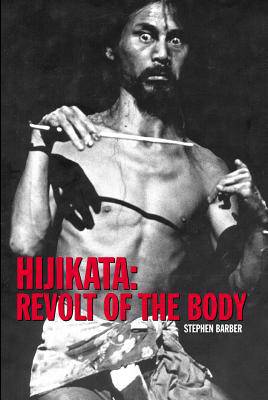
- Afhalen na 1 uur in een winkel met voorraad
- Gratis thuislevering in België vanaf € 30
- Ruim aanbod met 7 miljoen producten
- Afhalen na 1 uur in een winkel met voorraad
- Gratis thuislevering in België vanaf € 30
- Ruim aanbod met 7 miljoen producten
Omschrijving
Hijikita: Revolt of the Body examines the life and work of Tatsumi Hijikata (1928-86), who invented a revolutionary performance art and dance known as Ankoku Butoh, or "Dance of Darkness." The Butoh style of performance and movement premiered in Japan in 1959 and developed in subsequent years in response to the student riots and the 1960s protest movement. Hijikata is the supreme figure in the last half-century of Japan's experimental culture, and he remains a seminal and inspirational presence for Japanese artists, choreographers, film-makers, musicians, and writers.
Based on extended interviews with Hijikata's family and all of his surviving collaborators, this is the only book to focus exclusively on Hijikata and his work, including his interest in European art and figures such as Genet, Artaud, Sade, and Lautréamont, as well as the Japanese Surrealist movement. It also provides a unique, in-depth analysis of Japanese avant-garde culture of the 1960s--including film, visual art, and literature--in direct relation to Hijikata's performance pieces.
Butoh and Hijikata's performance art continue to grow in popularity and appreciation around the world, and this text is the definitive study of Hijikata and his radical art.
"A brilliant and illuminating study of Hijikata and the Japanese avant-garde"--Donald Richie
Specificaties
Betrokkenen
- Auteur(s):
- Uitgeverij:
Inhoud
- Aantal bladzijden:
- 144
- Taal:
- Engels
- Reeks:
Eigenschappen
- Productcode (EAN):
- 9780982046432
- Verschijningsdatum:
- 15/09/2010
- Uitvoering:
- Paperback
- Formaat:
- Trade paperback (VS)
- Afmetingen:
- 150 mm x 226 mm
- Gewicht:
- 226 g

Alleen bij Standaard Boekhandel
Beoordelingen
We publiceren alleen reviews die voldoen aan de voorwaarden voor reviews. Bekijk onze voorwaarden voor reviews.











